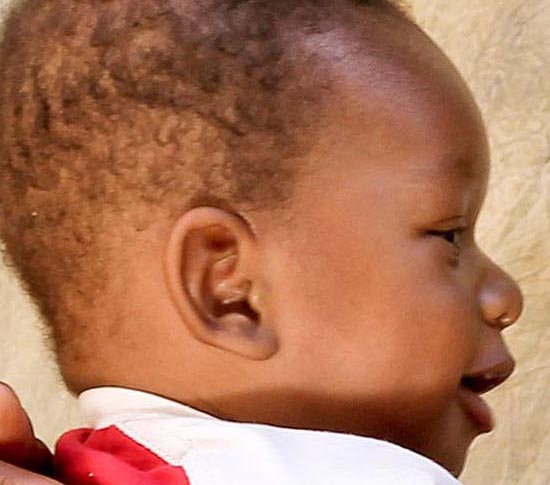MOMENTUM Knowledge Accelerator
Supporting improvements in voluntary family planning and reproductive health activities, including their integration with maternal and child health programs.

Supporting improvements in voluntary family planning and reproductive health activities, including their integration with maternal and child health programs.

Project: PACE: Policy, Advocacy, and Communication Enhanced for Population and Reproductive Health
PACE’s Youth Multimedia Campaigns training program equips youth advocates with the skills to create innovative digital campaigns, tell compelling population health stories, and build movements for policy change within their countries.

Self-response rates are lowest in neighborhoods with high concentrations of racial and ethnic minorities in the young child population, which could mean fewer dollars for communities that need funds the most.
(December 2004) The American military has been viewed as a form of national service, an occupation, a profession, a workplace, a calling, an industry, and a set of internal labor markets.
(2001) Despite laws against domestic violence, many women in Latin America and the Caribbean continue to be failed by the legal system.
(2008) In the latter half of the last century, the world's developed nations completed a long process of demographic transition.1
(2009) Lack of access to quality health care and clean water and sanitation, undernutrition, and other preventable or treatable causes lead to the deaths of tens of thousands of children worldwide every day.
(2010) The phrase "1.57 Shock" was widely used in Japan 20 years ago in reaction to the lowest fertility rate in the country's history.
When the World Health Organization declared COVID-19 a pandemic on March 11, 2020, few sub-Saharan African countries had reported a single case of the disease, caused by the novel coronavirus SARS-CoV-2.